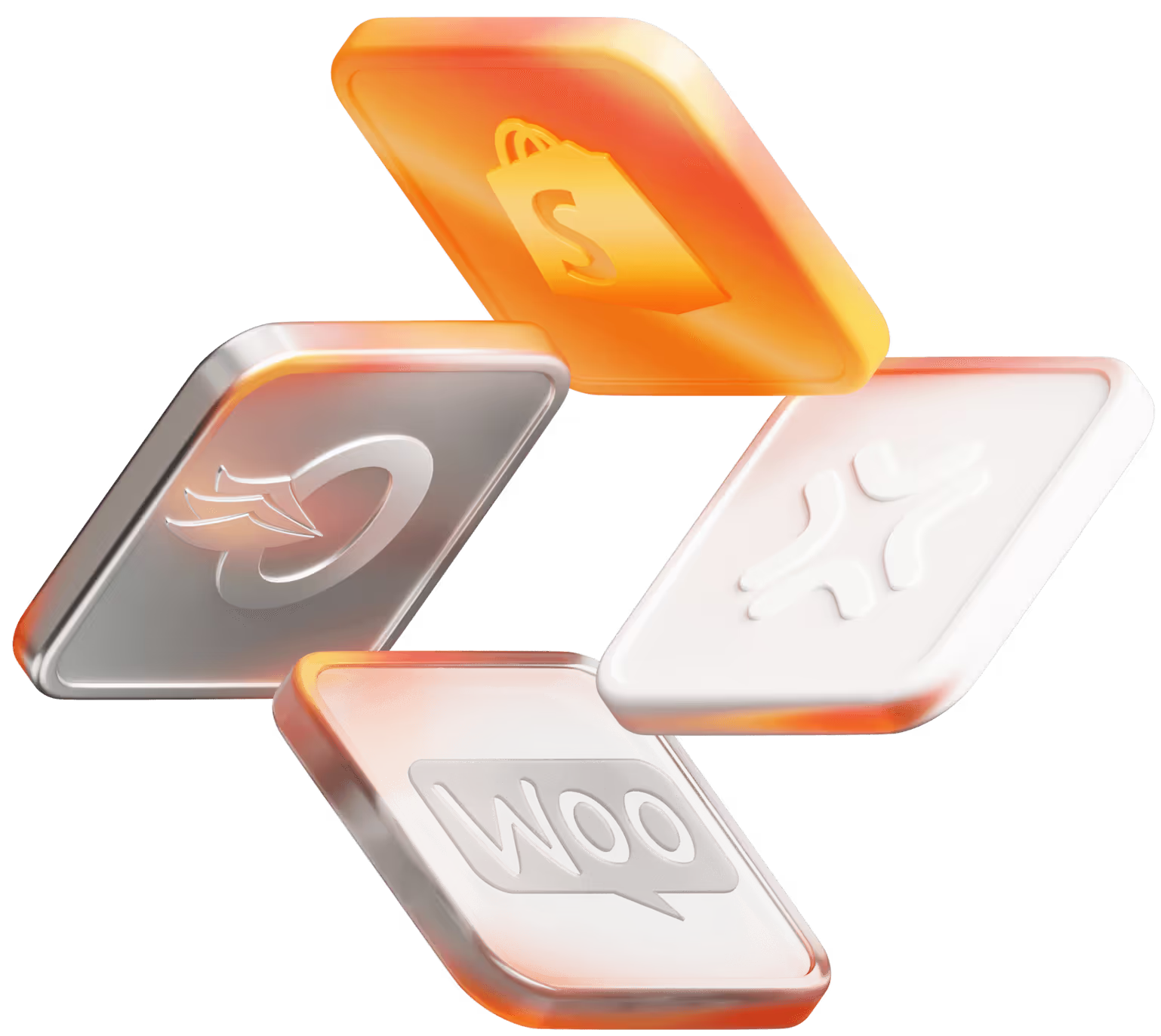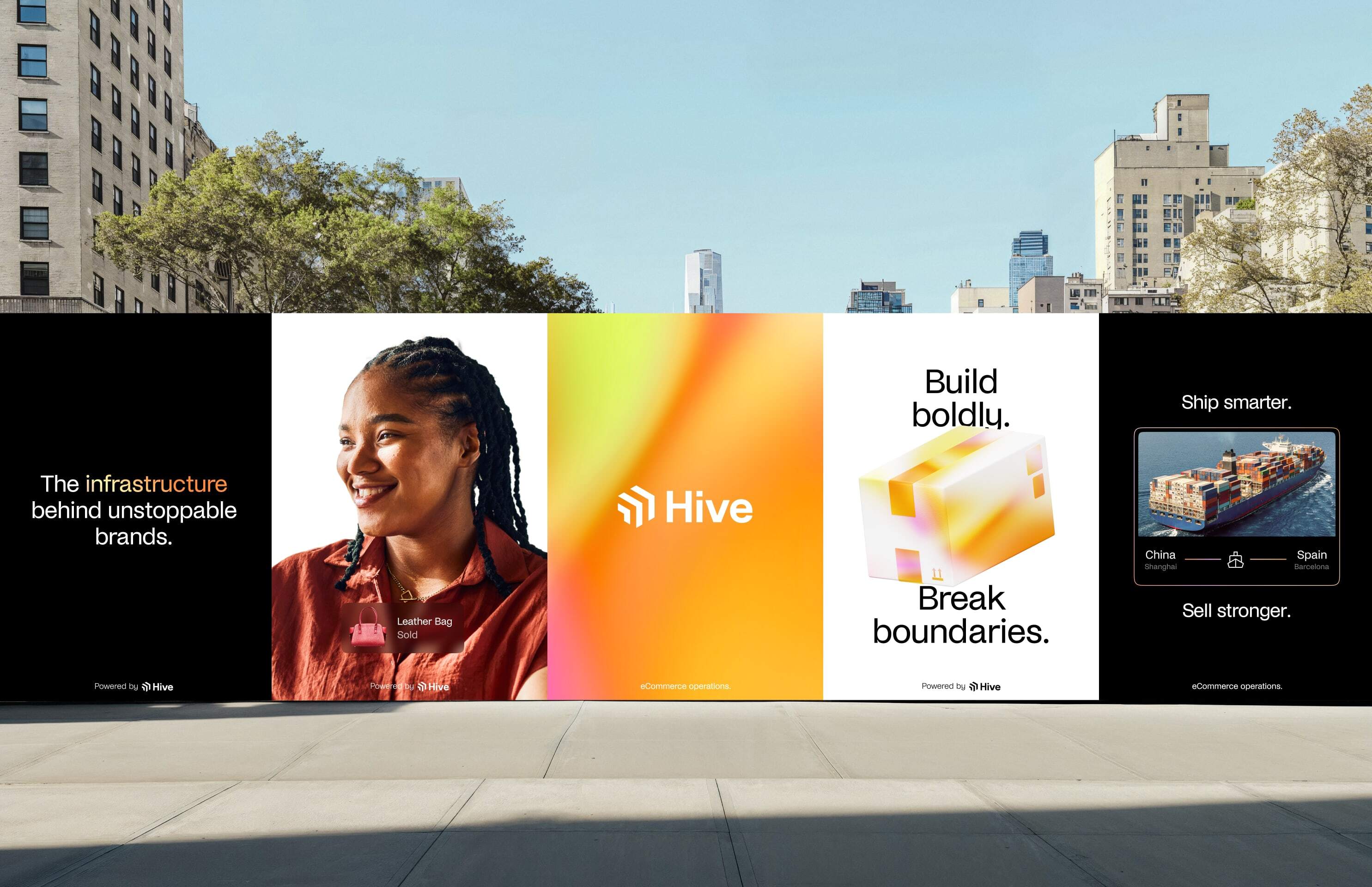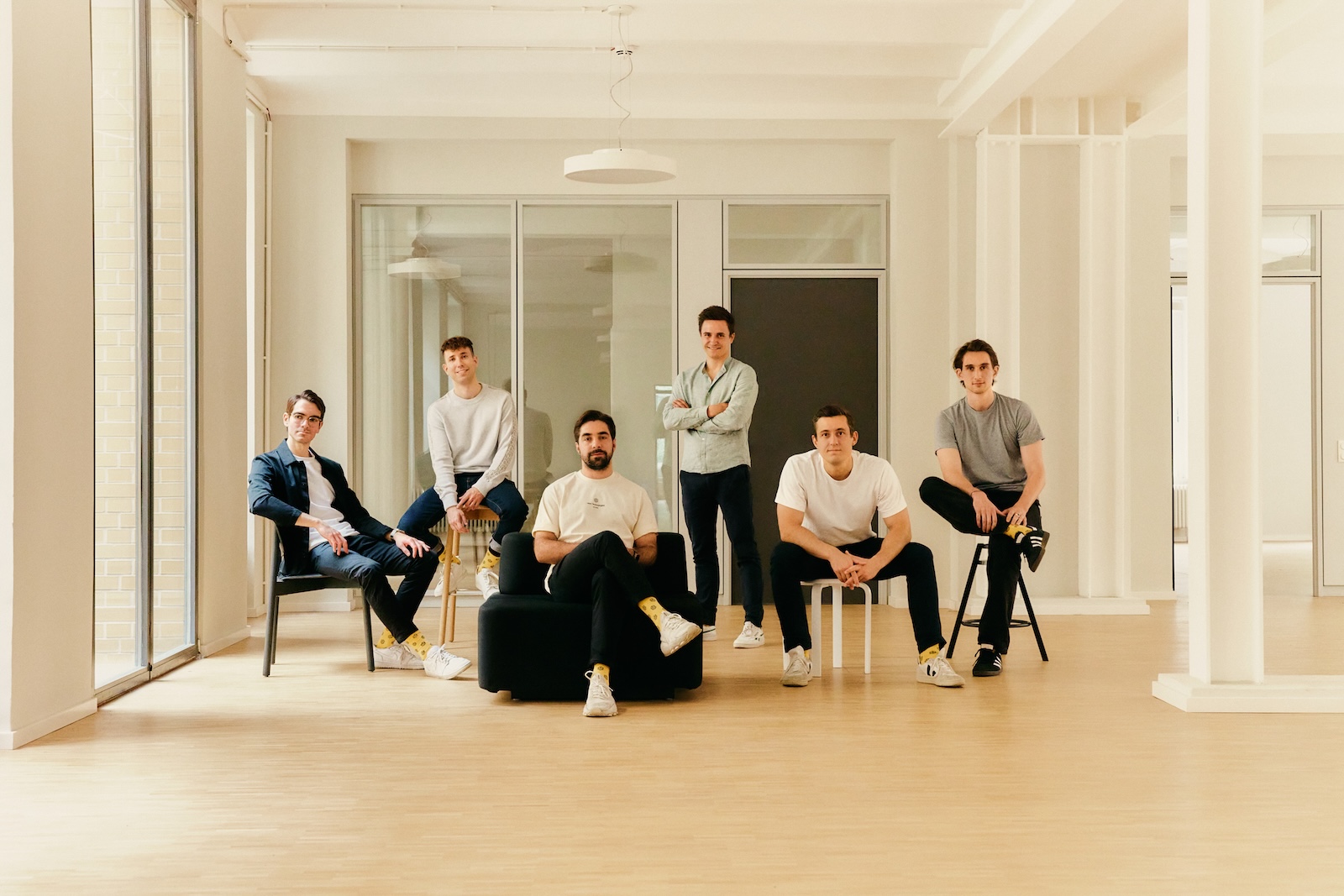Co-founder and CTO Leo on hiring remotely, company culture, and managing a hybrid tech team
Hiring and working remotely has become increasingly popular in the last couple of years. At Hive, one of the teams with the most distributed people is the tech team. Co-founder and CTO Leo von Kleist talks about his experience working with a remote team.
.png)
What do you get when you cross a rapidly scaling Berlin startup with tech talent across the globe? No, it’s not the start of a dad joke, though you will find a good one at the end of this article.
You get a distributed team that works together to build the Hive product.
Hive fosters a remote-friendly work culture, meaning that employees have the opportunity to work from the office or from home, even in another country. This does not come without its challenges, however. We spoke to co-founder Leo von Kleist about his experience with hiring and working with colleagues remotely.
In this blog post, you will learn all about:
- How Hive began remote working
- How to find the right cultural fit and maintain a healthy team culture despite the distance
- The challenges of hybrid working
Leo, was it always your plan to build a remote-friendly tech team or did you evolve into it?
It was something we grew into. When Hive launched, our first engineers were all based in Berlin. However, when we were looking to scale the team, we quickly realized that we would have to look outside Berlin as well to find the best talent.
We now have 21 people on the tech team, many of whom live outside of Berlin.
Do you have a personal preference for being in office, hybrid or fully remote?
I personally prefer to be in the office and meet people in person. I like to see my colleagues, go for dinner or organize team events. I think the preference for remote or in office strongly depends on the stage of the company but both can definitely work.
In my opinion, it’s the hybrid setup that is not an ideal way of working within teams. It throws off the dynamic when a few members of the team dial in to a meeting individually, and the other members are in a meeting room together. To ensure equality, if we have meetings between people who are in the office and people who are remote, we all dial in separately to get the same experience.
When it comes to hiring new team members into an established remote team, what do you look for in an interview?
We look for two things: role-specific skills and the right cultural fit.
For role-specific skills, we try to closely reflect the actual activities in a role on a daily basis. We do a technical screening, followed by a coding challenge using functionality we built for the Hive App. This is done on a video call with one of our engineers, because we’ve found the live interactive aspect to be super valuable. It allows us to see how someone thinks rather than just what outcome they produce at the end.
For example: In a live call, we can see how a person approaches finding a solution. It allows us to follow their thought process, understand how they gather the needed information, read documentation, what questions they ask and whether they structure their work in a pragmatic way.
You mentioned you also look for the right cultural fit. How do you assess that in remote interviews?
We spend a lot of time talking about our company values. Here, the key is to see whether the candidate can bring up concrete examples from their past work of how they live our values. Additionally you can tell a lot from what kind of questions the candidate asks - if their questions show that they care about the same things we do, that's a great sign.
What is the benefit of hiring tech roles remotely?
We have been able to welcome highly skilled employees at Hive much faster than we could have done if we stuck to only Berlin. Logically, because the pool is larger and more people are entering the global market nowadays. This makes hiring remotely very important to us. Another positive effect of this is that it allows us to have a team with a great diversity of backgrounds.
What are some challenges that come with remote work and how does Hive make remote-friendly work well?
We need lots of async communication. Two things are important here: doing it consistently and doing it well.
With consistency I mean for instance, always writing down takeaways from meetings, so there is no pressure to join every single one.
By doing it well I mean the quality of communication. This comes with practice and is highly dependent on every individual in the team. One way we try to help people get better at communication is through frequent feedback. We have quarterly 360 feedback, where one dimension that is addressed is communication, and of course we try to live an active feedback culture in daily life as well.
Here it is not only about what is being said but also about the style of communication. With a mix of different cultures in the team, where some are very direct, some use an abundance of emojis and some don’t, it is crucial to have an open space for discussion.
We make it a priority to only have meetings that are actually needed and it is obligatory that they come with an agenda. In terms of working times, we are flexible within each team. They decide how to schedule their days and which meetings are relevant (with some exceptions like the company-wide All Hands-meeting, which all work streams attend).
Do you try to enable face-to-face meetings for remote members too?
Yes, despite hiring remotely we still believe in face-to-face meetups and getting to know each other in person. That is why we also enable in-person meetings where possible. For example, we went to Portugal for a workation in June, which was a great chance to meet people in person that I’d only seen over video calls previously.
Especially in parts of the business that have stronger connections to operational work (e.g. building the Warehouse Management System), it’s helpful for engineers to step foot into the fulfillment center to be able to fully understand the different processes we have and the complexities we face in fulfillment.
We try to enable remote team members to visit the fulfillment center whenever possible and encourage them to share as much context as possible with their remote team mates. For example, one of our engineers visited from Latvia recently and spent several days on the ground in the fulfillment center. The information he learned will help him and his teammates too.
How do you ensure trust and productivity within teams when you have no visibility on what is actually being done during work hours?
One of our core company values is trust in ownership and we live that from day one. We believe in hiring great people who can take end-to-end ownership over their tasks. On the more personal level, we also use rituals to encourage trust and team bonding.
Each team at Hive has their own rituals. Some teams have little pre-meeting rituals to help people connect remotely. One of our teams has the great tradition of taking turns telling a (dad) joke at the beginning of each meeting, and another team has a short icebreaker at the beginning of their sprint retros to get people warmed up. It helps loosen everyone up and build trust in a more personal way. I’ll tell you mine at the end.
As far as productivity is concerned, what we care about is not micromanaging how people are using their time, but rather looking at the impact that someone brings to the table, and this should be visible no matter where someone is working. How they deliver that impact is up to them - and that trust and the expectation that people take ownership over their work also leads to more motivation to do so.
How do you ensure remote employees feel like they are part of the larger company objectives?
It sounds a bit corporate but: OKRs (Objectives and Key Results) have been very effective for us. Sharing and reiterating those with the team gets everyone on the same page and emphasizes how the work contributes to the larger goals.
We also make sure that we communicate and collaborate cross-workstream. We’d rather be biased towards oversharing what we are doing across the company than not be in the know, especially with the growth we have experienced.
Where do you see the future of in-person and remote work going? Do you think this mode of hybrid work is here to stay?
I expect us to stick to the same setup we have now, with some teams fully remote and some teams mostly in Berlin. We plan to keep hiring remotely and experimenting to find the best ways of working for everyone.
In short, in my experience listening to your team and iterating where needed is the key to success in a work set-up – whatever it may be.
Oh, and my favorite Hive dad joke? My colleague Aditi told a great one recently:
What’s (Supply Chain PM) Max’s favorite fashion accessory?
The Supply Chain.












.jpg)





.png)
.png)
